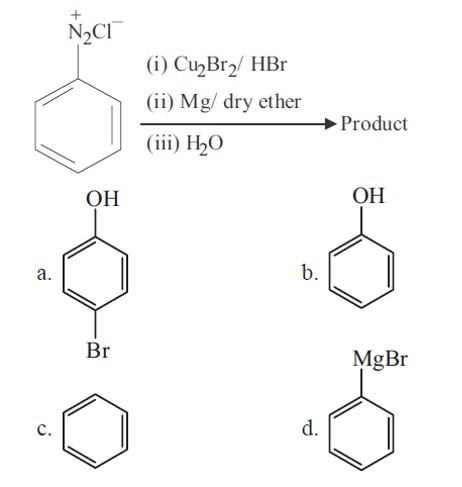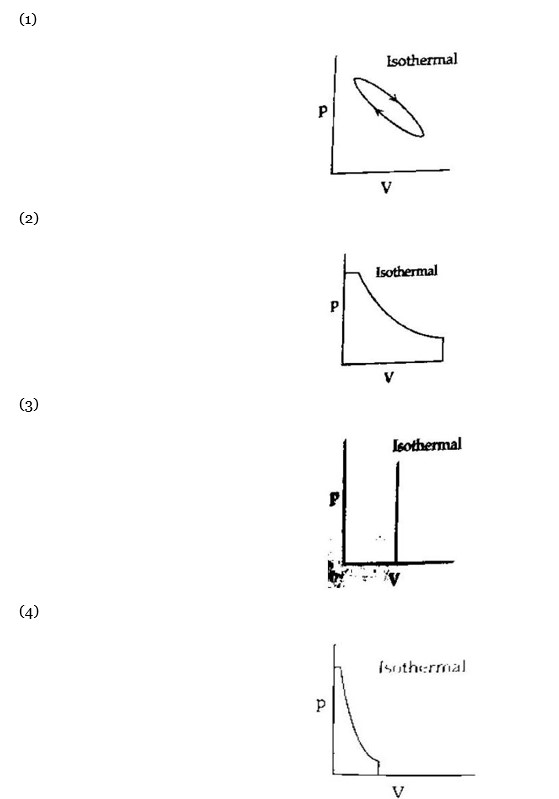Thermodynamics
Get insights from 326 questions on Thermodynamics, answered by students, alumni, and experts. You may also ask and answer any question you like about Thermodynamics
Follow Ask QuestionQuestions
Discussions
Active Users
Followers
New answer posted
2 months agoContributor-Level 10
C? H? + 5O? → 3CO? + 4H? O
ΔH = − {6 (C = O) + 8 (OH)} + 2 (C – C) + 8 (C – H) + 5 (O = O)
= 8a? + 5a? + 2a? - 6a? - 8a?
New answer posted
2 months agoContributor-Level 10
U = aP?
PV/ (γ-1) = aP?
P? ³V = a (γ - 1)
PV? ¹? ³ = constant
Comparing with PV? = constant
x = -?
C = R/ (γ-1) + R/ (1-x) = R/ (5/3 - 1) + R/ (1 +? ) = 3R/2 + 3R/4
C = 9R/4
New answer posted
2 months agoContributor-Level 10
According to Newton's law of cooling
(T? -T? )/t = K [ (T? +T? )/2 - T? ]
For 1? cup of coffee,
(90-80)/t = K [ (90+80)/2 - 20]
For 2? cup of coffee,
(80-60)/t' = K [ (80+60)/2 - 20]
Divide (1) by (2)
t'/t = 65/50 ⇒ t' = (13/5)t
New answer posted
2 months agoContributor-Level 10
Bromobenzene is formed in first step (Sandmeyer reaction), which further gives phenyl magnesium bromide. Phenyl magnesium bromide further gives benzene with water.
+Mg (Br)OH
New answer posted
2 months agoContributor-Level 10
BeCl? in solid state exist in a polymeric form & in a vapour state in exist in a dimeric form.
chain polymeric structure
Vapour state exist in a dimeric form
New answer posted
2 months agoContributor-Level 10
Maximum work is done in the case where area under the curve is maximum.
New answer posted
2 months agoContributor-Level 10
As increased by 3 times
So
- (c) Fundamental harmonic frequency open pipe
(say)
Fundamental harmonic frequency of closed pipe
(say)
Taking an Exam? Selecting a College?
Get authentic answers from experts, students and alumni that you won't find anywhere else
Sign Up on ShikshaOn Shiksha, get access to
- 65k Colleges
- 1.2k Exams
- 679k Reviews
- 1800k Answers


